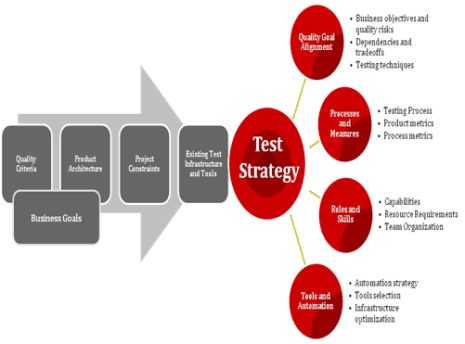Test automation is an essential tool used to ensure that software is working as intended. It is used to test the functionality of applications, the performance of systems, and the usability of user interfaces. The goal of test automation is to reduce the time it takes to perform tests, increase the accuracy and consistency of tests, and free up more time for developers to focus on other tasks. If you want to know more about master test automation you may visit SDET Unicorns.

Image Source:Google
Advantages of Test Automation: Test automation offers many advantages over manual testing. It eliminates the need for manual testing, which can be tedious and time consuming. Automated tests are repeatable and can be easily scaled up or down as needed. Automated tests also provide more detailed results, which can help identify issues more quickly and accurately.
Best Practices for Test Automation: When leveraging test automation, it is important to use best practices to ensure that the process is efficient and effective. Here are some best practices to consider:
Identify the right test cases for automation.
Focus on automating tests that are repeatable and take a long time to perform manually.
Design tests to be independent of each other, so that tests can be run in any order.
Create detailed, comprehensive test plans.
Create test data that is representative of the real world.
Keep the test environment up-to-date and stable.
Track and monitor the results of tests.
Tools for Test Automation
There are a variety of tools available for test automation. Some of the most popular tools include Selenium, Cucumber, and Robot Framework. Each tool offers its own unique features and capabilities. It is important to choose the right tool for your specific needs and situation.